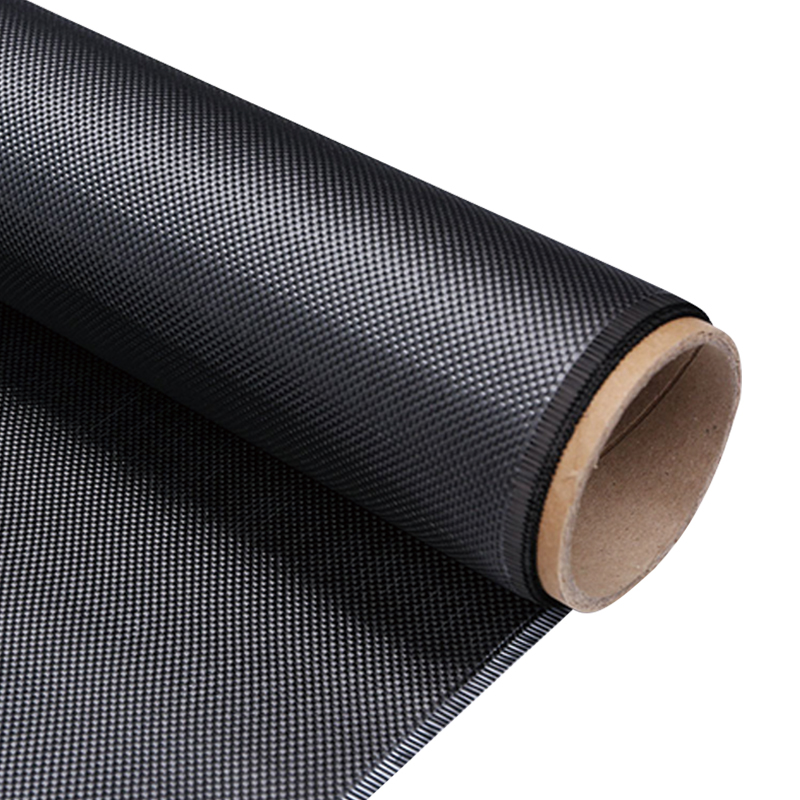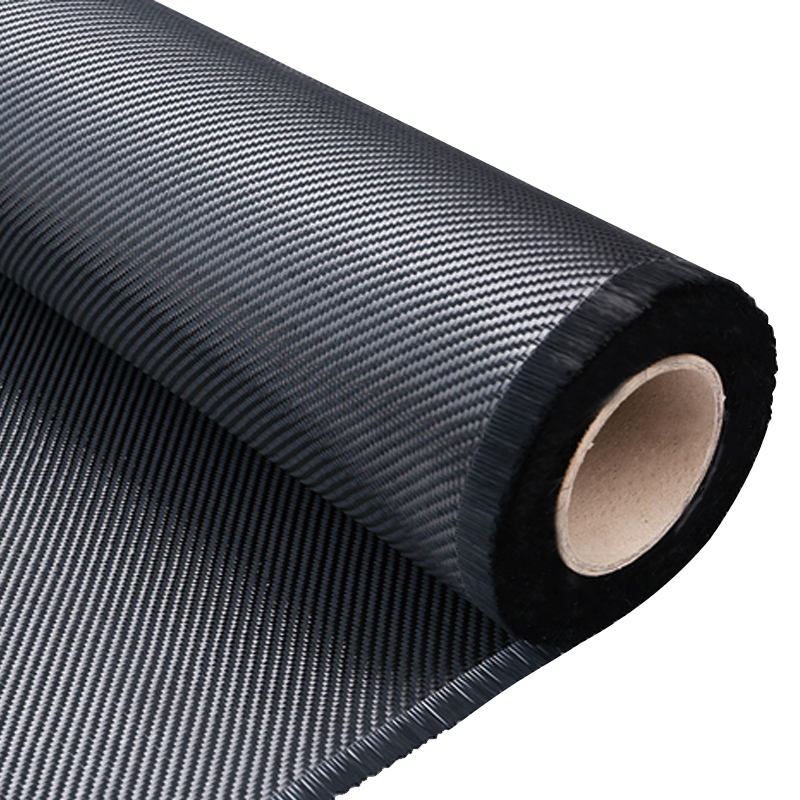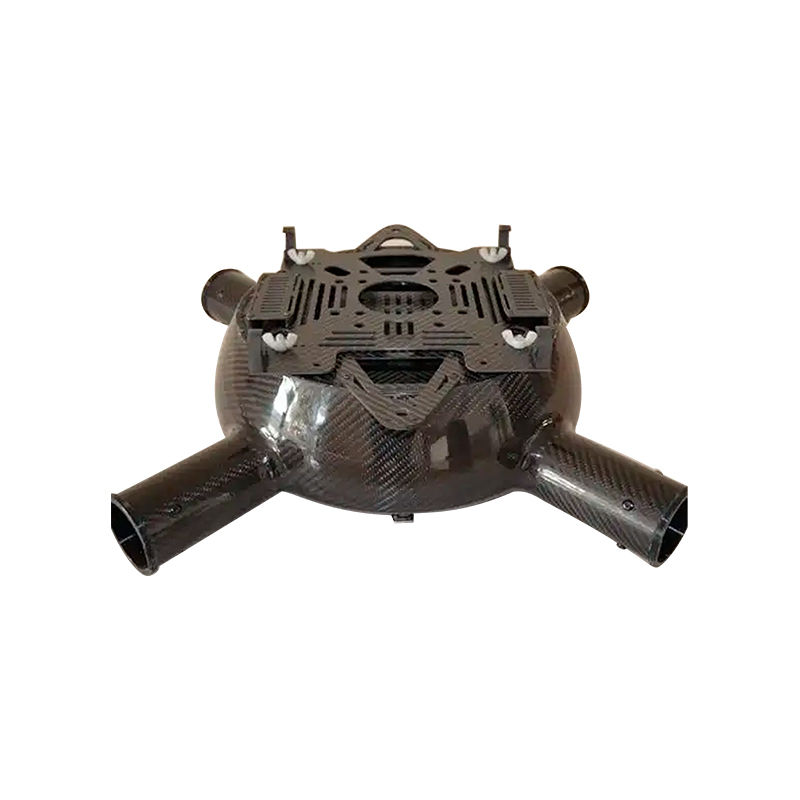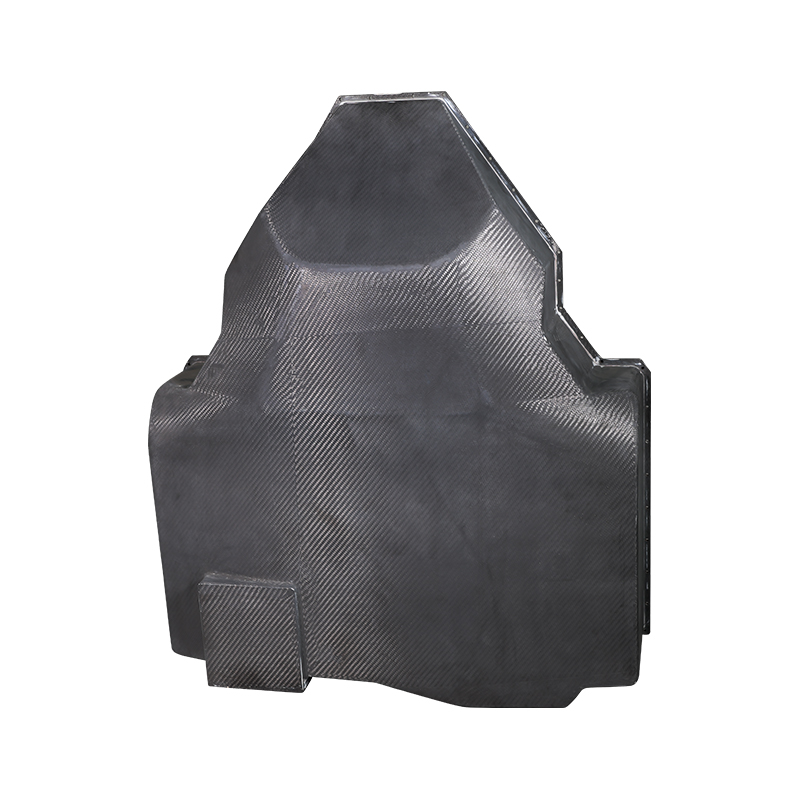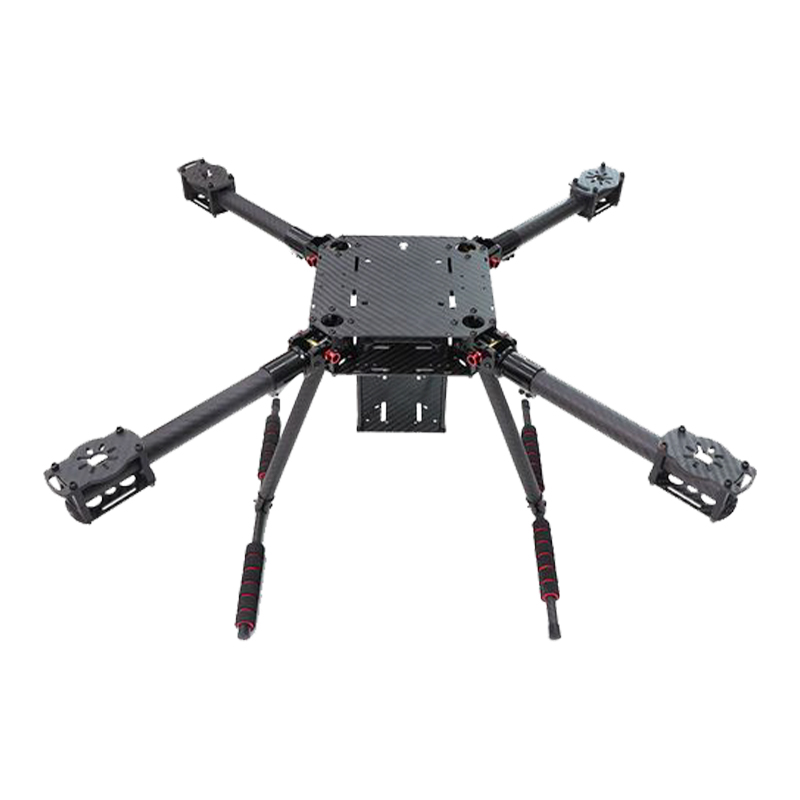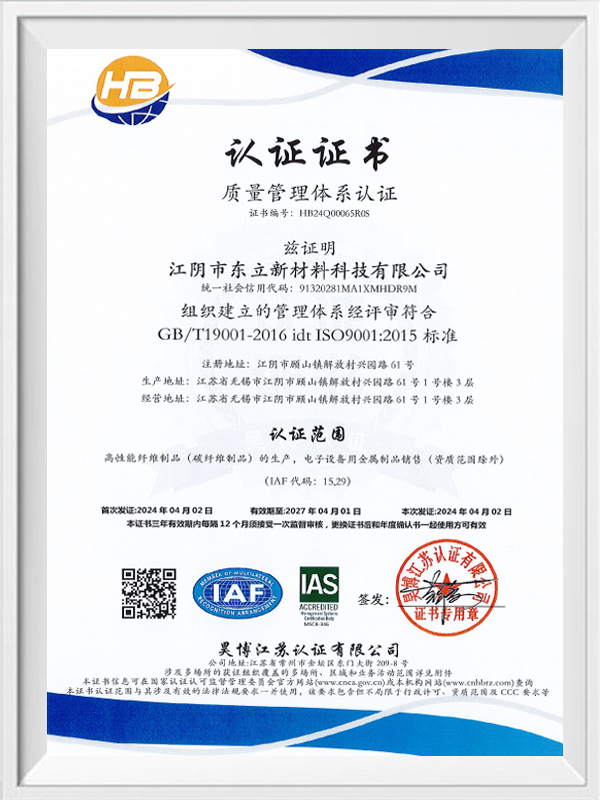1. Corrosion resistance and fatigue resistance of carbon fiber materials
As a high-performance composite material, carbon fiber has excellent corrosion resistance and fatigue resistance, which makes it irreplaceable in the field of aerospace. Traditional metal materials often corrode in harsh environments such as high temperature, moisture, and salt spray, resulting in performance degradation or even failure. However, due to its special molecular structure and excellent surface properties, carbon fiber materials are not easily damaged by external corrosion factors and can maintain high strength and stability during long-term use.
In the design of aerospace vehicles, especially in key parts such as engine casings, fuselage shells, and flight control systems, the corrosion resistance of carbon fiber materials enables these parts to effectively resist the invasion of the external environment and extend the service life of the parts. Compared with traditional metal materials, the corrosion resistance of carbon fiber makes aircraft more reliable in complex environments and reduces the potential risks caused by material degradation or failure.
2. Improve the high temperature and high pressure resistance of spacecraft
Aerospace vehicles often face extreme high temperature and high pressure environments during flight. Especially when entering the atmosphere, aircraft will experience drastic temperature changes and pressure fluctuations, which places extremely high demands on the material's high temperature resistance and high pressure resistance. Carbon Fiber Aerospace Special-Shaped Parts, as a high-performance composite material, can withstand extreme temperatures and pressures that traditional metal materials can hardly cope with, and exhibits excellent thermal stability.
The high temperature performance of carbon fiber materials enables it to maintain a low thermal expansion rate in high temperature environments, thereby avoiding structural deformation or rupture caused by excessive material expansion. In high-pressure environments, the strength performance of carbon fiber is also superior, which can effectively resist the influence of external pressure and maintain the structural integrity of components. This enables aircraft to maintain higher stability and safety when performing complex tasks.
3. Enhanced impact resistance and durability
In aerospace missions, aircraft not only have to cope with changes in airflow, temperature and pressure, but may also encounter various shocks and vibrations. These shocks and vibrations may come from air disturbances during flight, or from external collisions or objects hitting. For aircraft, it is crucial to ensure that each component has sufficient impact resistance and durability. Carbon Fiber Aerospace Special-Shaped Parts excels in impact resistance due to its unique material properties.
The high strength and toughness of carbon fiber materials enable it to effectively absorb and disperse external impact forces, avoiding structural damage caused by sudden collisions or vibrations. In addition, the durability of carbon fiber materials is also superior to traditional metal materials. It can maintain stable performance and shape under long-term high-load conditions, reducing the maintenance costs caused by frequent replacement of parts.
4. Extending the service life of aerospace vehicles
The service life of aerospace vehicles is an important indicator to measure their economy and reliability. With the increasing complexity of mission requirements, the service life of spacecraft faces greater challenges. The application of Carbon Fiber Aerospace Special-Shaped Parts can significantly extend the service life of aerospace vehicles and reduce the risk of material aging and failure.
The durability and fatigue resistance of carbon fiber enable it to maintain high strength and stability during long-term use. Even in long-term flight missions and complex environments, carbon fiber materials can withstand multiple fatigue cycles and maintain good mechanical properties. In this way, the maintenance frequency and replacement of parts of aerospace vehicles are greatly reduced, thereby improving the economy and sustainability of the overall mission.
5. Improving the reliability of aerospace vehicles
The reliability of aerospace vehicles is one of the key factors affecting the success or failure of space missions. The high reliability of Carbon Fiber Aerospace Special-Shaped Parts provides a strong guarantee for the stable operation of spacecraft. The excellent performance of carbon fiber materials makes it widely used in key components of spacecraft, which not only need to withstand extreme environmental pressures, but also need to maintain efficient working conditions for a long time.
Since carbon fiber materials are not easily affected by environmental changes, they can ensure that the aircraft always maintains excellent performance when performing missions. Especially in the face of long-term, high-load missions, the stability and reliability of carbon fiber materials become key factors in ensuring the normal operation of spacecraft. This highly reliable material not only improves the success rate of missions, but also reduces unexpected events caused by failures or material problems, further ensuring the smooth completion of space missions.
 English
English
 中文简体
中文简体 عربى
عربى Tiếng Việt
Tiếng Việt

